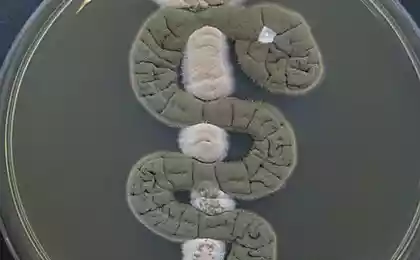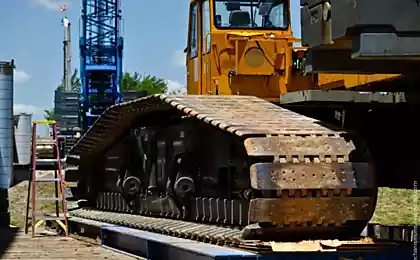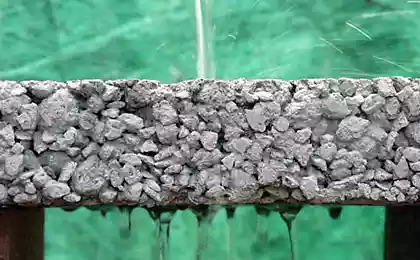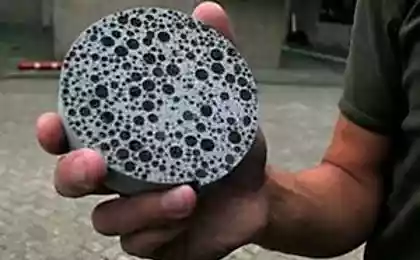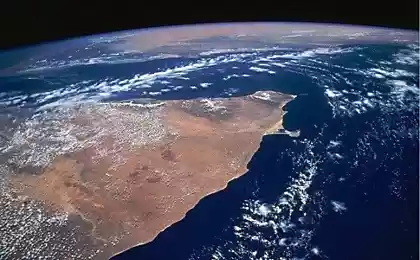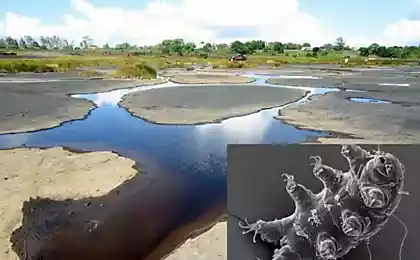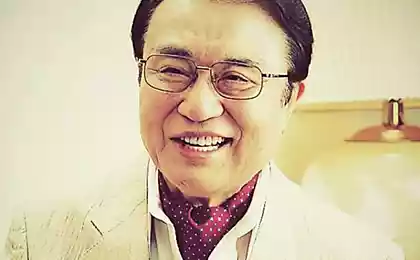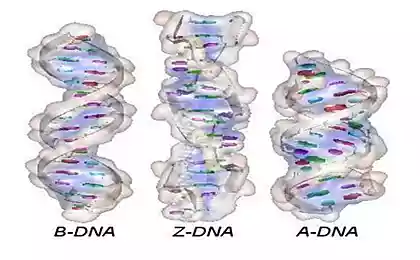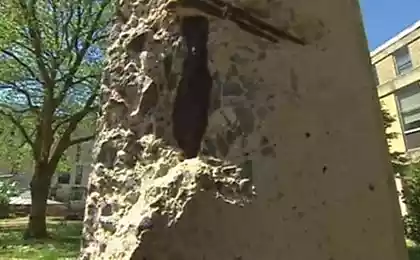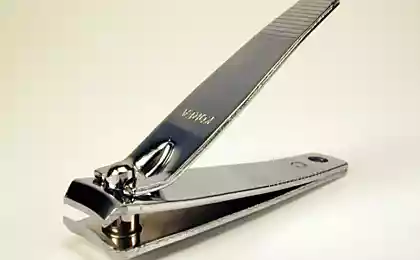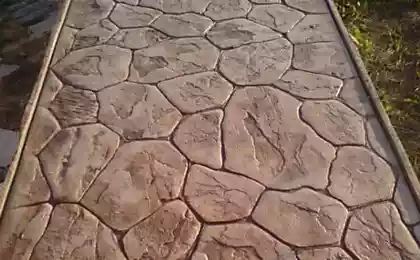888
Dutch microbiologist, developed a self-healing concrete

Henk Jonkers of Delft University of Technology разработал system , to automatically patch the cracks in the concrete . In manufacturing as one of the ingredients of the material used capsules containing bacteria and nutrients. Normally, the bacteria are inactive. Once the concrete crack appears, then into the water dissolves the capsule and causes the bacteria to life. In the process of life they produce limestone, which clogs the cracks.
Concrete is used as a building material for more than 6,000 years, from the time of ancient Mesopotamia. And until now, he - the popular building material , allowing you to quickly erect buildings различных Forms , and even use this 3D-printing technology . Typically used for building reinforced concrete - a combination of concrete and metal reinforcement.
Disadvantage of concrete that over time it cracks. When they penetrate inside through the water fittings rust and design loses its strength. In winter the water freezes in the cracks of expanding them and accelerates the process of deterioration. Now this fight, using various coating and impregnating and adding extra reinforcement in an attempt to reduce the load on the concrete.

And anyway, sooner or later you have to spend a long and costly repairs of concrete structures. A structure that are, for example, under water, or storing in hazardous materials (toxic industrial waste, radioactive waste) is generally very difficult or impossible to repair.
In 2006, construction technologist microbiology Jonkers turned to the question whether it is possible to adapt the bacteria to create a self-healing concrete. He was able to solve this problem for three years - and it was quite difficult. The bacterium needs to survive in a very harsh environment - concrete like a stone, it is dry, and besides it is very alkaline. The bacteria need to survive somehow within the material over the years.
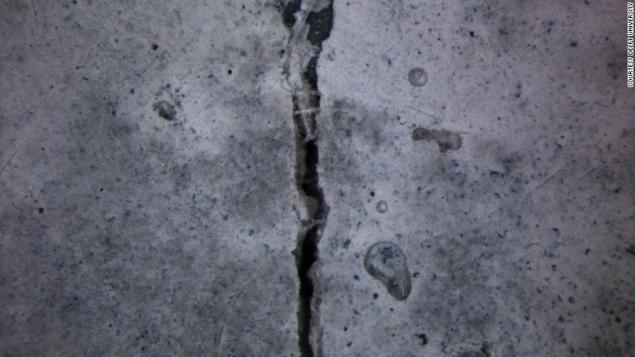
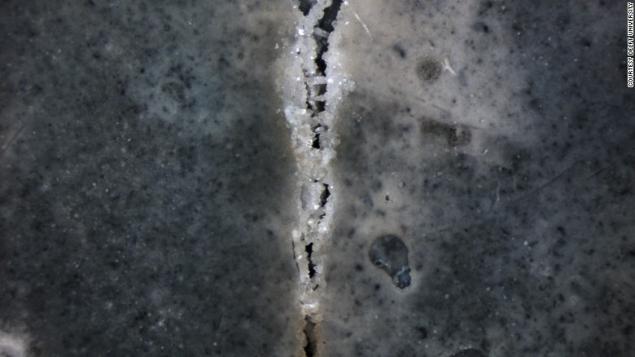

Jonkers turned to bacteria of the genus бацилл, that can exist in alkaline environment and their spores survive for decades without food and water. It remained only to provide them with food. Simple sugar would reduce the strength of concrete. After much searching, it was decided to use the лактат calcium , and to conclude the bacteria with their food in capsules of a biodegradable plastic.
Water entering the gap, dissolve plastic, and the bacteria begin to multiply, to eat calcium lactate and produce limestone. Because this process occurs in places where there are cracks, limestone closes them, preventing further destruction of the concrete.
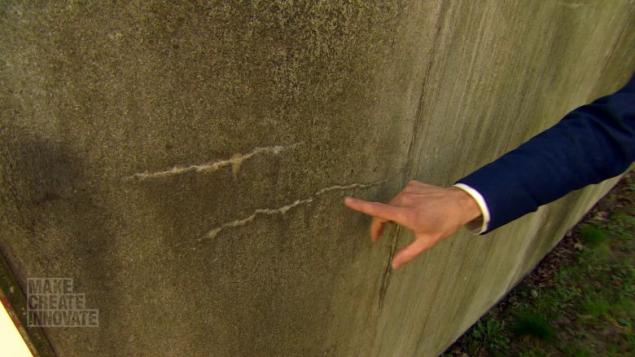
This invention can open a new page in the construction, allowing to build buildings, bridges and other facilities that will be cheaper to build, will require much less maintenance and will last much longer.
Source: geektimes.ru/post/250502/
It disclosed the secret appeal of potato chips, chocolate and peanut butter
The events of the trilogy "Back to the Future" could not happen
